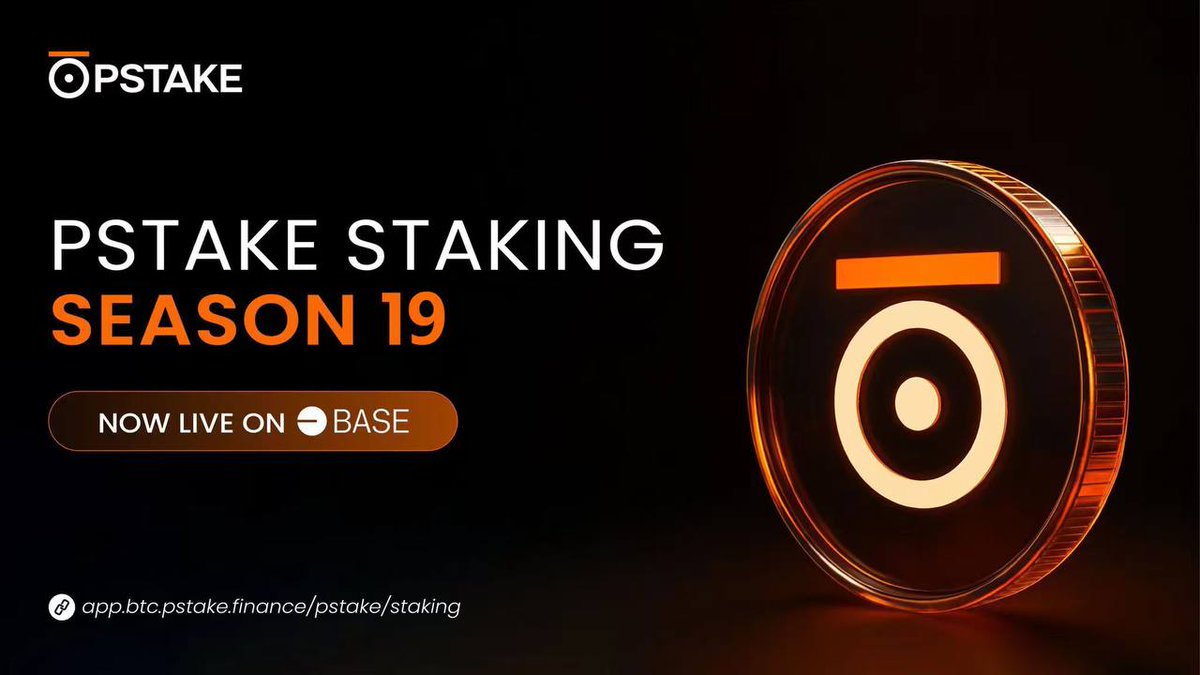pSTAKE Finance-hinta
valuutassa BRL

Tietoja kryptosta pSTAKE Finance

Vastuuvapauslauseke
OKX ei tarjoa sijoitus- tai omaisuussuosituksia. Sinun on harkittava huolellisesti, sopiiko digitaalisten varojen treidaus tai hallussapito sinulle taloudellisen tilanteesi huomioon ottaen. Ota yhteyttä laki-/vero-/sijoitusalan ammattilaiseen, jos sinulla on kysyttävää omaan tilanteeseesi liittyen. Lisätietoja on käyttöehdoissa ja riskivaroituksessa. Käyttämällä kolmannen osapuolen verkkosivustoa (”TPW”) hyväksyt, että kolmannen osapuolen verkkosivuston käyttöön sovelletaan kolmannen osapuolen verkkosivuston ehtoja. Ellei nimenomaisesti kirjallisesti toisin mainita, OKX ja sen kumppanit (”OKX”) eivät ole millään tavalla yhteydessä kolmannen osapuolen verkkosivuston omistajaan tai operaattoriin. Hyväksyt, että OKX ei ole vastuussa mistään menetyksistä, vahingoista tai muista seurauksista, jotka aiheutuvat kolmannen osapuolen verkkosivuston käytöstäsi. Huomaathan, että kolmannen osapuolen verkkosivun käyttö voi johtaa varojesi menetykseen tai vähenemiseen. Tuote ei välttämättä ole saatavilla kaikilla lainkäyttöalueilla.
Krypton pSTAKE Finance hintasuoritus
pSTAKE Finance sosiaalisessa mediassa
Oppaat

Luo ilmainen OKX:n tili.
Lisää varoja tilillesi.
Valitse kryptosi.
pSTAKE Finance UKK
pSTAKE Finance (PSTAKE) on likvidi steikkausprotokolla, joka on rakennettu Persistence-lohkoketjuun. Alusta mahdollistaa käyttäjille varojensa steikkaamisen, mukaan lukien eri lohkoketjujen natiivikolikot, saumattomasti ja tehokkaasti.
Yksi pSTAKE Financen tärkeimmistä eduista on mahdollisuus vapauttaa steikattujen kolikoiden arvon. Käyttäjät saavat toissijaisia rahakkeita, jotka edustavat steikattuja varojaan osallistuen alustan likvidien steikkausprotokollaan. Näitä rahakkeita voidaan vapaasti käyttää eri hajautettujen rahoitus (DeFi) -protokollissa, mikä tarjoaa käyttäjille lisämahdollisuuksia ansaita palkkioita ja maksimoida hyödyllisyytensä DeFi-ekosysteemissä.
Tutustu tarkemmin pSTAKE Finance-rahakkeeseen
pSTAKE Finance (PSTAKE) on hajautettu digitaalinen valuutta, joka hyödyntää lohkoketjutekniikkaa transaktioiden turvaamiseksi.
Miksi sijoittaa pSTAKE Finance (PSTAKE) -rahakkeisiin?
Hajautettuna valuuttana, joka ei ole hallituksen tai rahoituslaitosten valvonnassa, pSTAKE Finance on ehdottomasti vaihtoehto perinteisille fiat-valuutoille. pSTAKE Finance-rahakkeisiin sijoittamiseen tai niiden treidaukseen ja ostamiseen liittyy kuitenkin monimutkaisuutta ja epävakautta. Perusteellisen tutkimuksen tekeminen ja riskitietoisuus ovat välttämättömiä ennen sijoittamista. Saat lisätietoa pSTAKE Finance (PSTAKE) -rahakkeiden hinnoista ja paljosta muusta OKX:ssä.
Kuinka voin ostaa PSTAKE-rahakkeita ja tallettaa ne?
Voit ostaa PSTAKE-rahakkeita kryptovaluuttapörssistä tai vertaismarkkinapaikan kautta. Kun olet ostanut PSTAKE-rahakkeita, on tärkeää säilyttää se turvallisesti kryptolompakossa, joita on kahta eri muotoa: kuumalompakot (ohjelmistopohjaiset lompakot; kryptot talletetaan fyysisiin laitteisiin) ja kylmälompakot (laitteistopohjaiset; kryptot talletetaan offline-tilaan).
ESG-tiedonanto




































